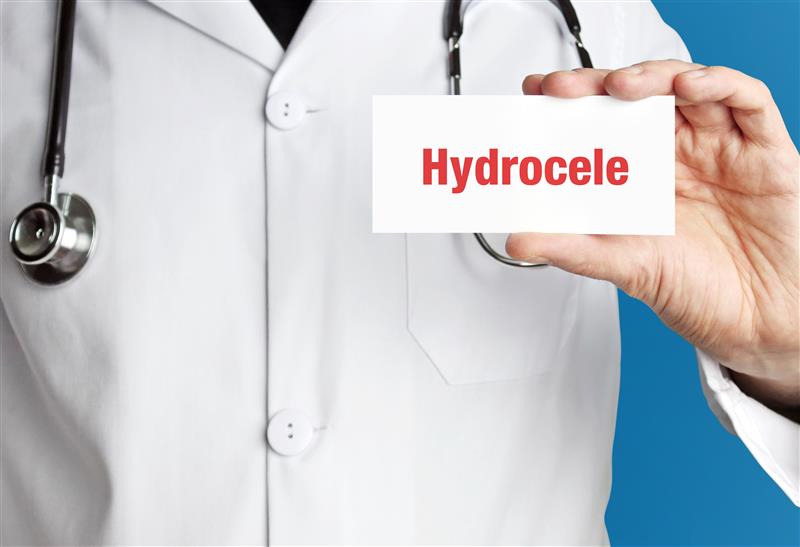What Is a Hydrocele?
A hydrocele is a swelling in the scrotum. It happens when fluid builds up around a testicle. Many men worry when they notice this swelling. However, hydroceles are usually not dangerous. Still, it is important to know about hydrocele treatment options. This helps you make the best choice for your health.
Common Causes of Hydrocele
Hydroceles can develop for several reasons. Sometimes, they are present at birth. Other times, they appear later in life. Understanding hydrocele causes can help you prevent or manage the condition. Here are some common causes:
For newborns, hydroceles often go away on their own. In adults, they may need treatment.
Recognizing Hydrocele Symptoms
Hydrocele symptoms are usually easy to spot. Most men notice a painless swelling in the scrotum. However, some may feel discomfort. Watch for these signs:
Usually, hydroceles do not cause severe pain. But if you feel sharp pain or notice redness, see a doctor right away.
How Is Hydrocele Diagnosed?
Doctors use simple steps to diagnose a hydrocele. First, they will ask about your symptoms. Next, they will do a physical exam. Often, they shine a light through the scrotum. This is called transillumination. If light passes through, it suggests a hydrocele. Sometimes, an ultrasound is needed. This test uses sound waves to show the fluid and rule out other problems. Diagnosis is quick and painless.
Hydrocele Treatment Options
There are several hydrocele treatment options. The best choice depends on your age, symptoms, and health. Some hydroceles go away without treatment. Others need medical care. Let’s look at both non-surgical and surgical treatments.
Non-Surgical Treatments
Not all hydroceles need surgery. In some cases, doctors recommend waiting and watching. This is called “watchful waiting.” Here are some non-surgical hydrocele treatment options:
Non-surgical treatments are simple. But, they may not work for everyone. If symptoms do not improve, surgery may be needed.
Surgical Treatments
Sometimes, surgery is the best option. Hydrocele surgery is safe and common. It is called hydrocelectomy. Here’s what you can expect:
Surgery is usually quick. Recovery is smooth for most men. However, as with any surgery, there are small risks like infection or swelling. Your doctor will explain these before the procedure.
Recovery and Aftercare
After hydrocele surgery, recovery is usually fast. Most men return to normal activities within a week or two. Here are some tips for a smooth recovery from hydrocele:
If you notice fever, severe pain, or redness, contact your doctor. These could be signs of infection.
Prevention Tips for Hydrocele
While not all hydroceles can be prevented, some steps may help. Here are a few prevention tips:
Early care can help avoid problems and support men’s health.
When to See a Urologist
It is important to know when to seek help. See a urologist if you notice:
Urologists are experts in men’s health. They can guide you on the best hydrocele treatment options. In some locations, you may need a referral to see a specialist. Always check local healthcare rules.
Conclusion: Hydroceles are common and usually not serious. However, knowing your hydrocele treatment options is important. If you have symptoms or concerns, consult a urologist for personalized advice and treatment options for hydrocele.

